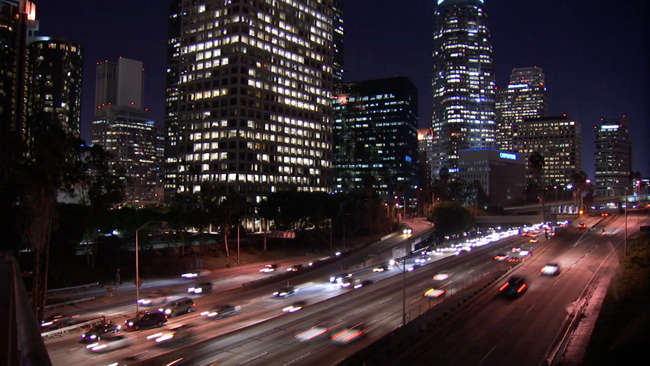
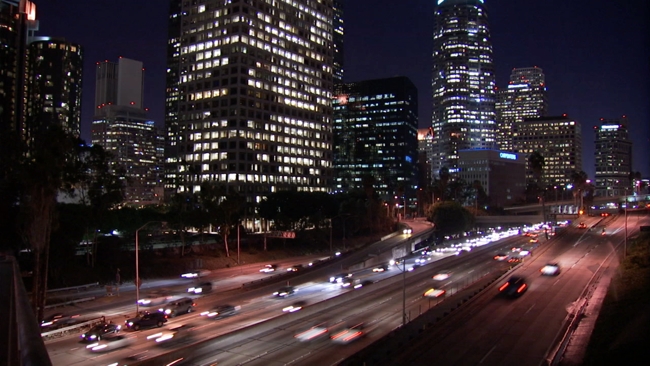 Time Lapse
Time Lapse
Flicker - however it's caused - can ruin a shot. Worst of all, you might not notice it until it's too late to do anything about it. But is it really too late?
Let’s get something straight: Flicker is not art. It’s annoying, pernicious, and seemingly much more common these days. Whether you’re shooting abroad with a 50Hz camera in a 60Hz country, capturing time-lapse with a DSLR, or shooting overcranked i.e. slow motion, chances are you’ve confronted the menace at least once in the recent past and have thrown up your hands in frustration. Of course shooters have for generations faced the risk of flicker from out of sync TV sets and fluorescent lighting in large public places. Today that peril is even greater owing to the tiny underpowered viewfinders in many cameras that make it difficult to spot, the increased use of LEDs and other discharge lighting, and the increased availability of cameras capable of shooting at off frame rates.
Strategy to reduce flicker
Flicker may be more or less objectionable depending on the circumstances. In some scenes it can be seen as a faint background pulsating effect, in others as a more dramatic fluctuation in exposure. In the latter case we would do much better to engage the synchro shutter found in newer video and still cameras like the Panasonic GH4. This strategy to reduce or eliminate flicker should always be the first course of action. Shooting 24p in 50Hz countries? Set the camera shutter (in degrees) to 172.8º. Shooting 30p in 50Hz countries? Set the camera shutter to 108º, 216º, or 324º. The use of the camera’s synchro shutter is imperative if one is to avoid serious flicker stemming from the field frequency mismatch when shooting abroad.
Still it is despite the best-laid plans of mice and men the specter of objectionable flicker will raise its ugly head, and this is where Digital Anarchy’s Flicker Free plug-in can be a godsend. Compatible with Final Cut Pro 7 & X, Avid, Adobe Premiere, and Adobe After Effects, the plug-in can be effective for eliminating flicker in time-lapse scenes or scenes captured under HMIs, fluorescents, and LEDs. Happily the deflicker software requires almost no learning curve. The presets for time lapse, slow motion, and archival film restoration, among other things, are convenient and easy to apply. This simpler than simple approach is possible because the flicker cadence is usually manifested as a regular pattern and is therefore predictable. In case of need of course the persnickety user has the option to further tweak the various parameters if desired.
Flicker Free
Taking a closer look at the Flicker Free interface the THRESHHOLD setting specifies how much brightness change from frame to frame is tolerated. While significant changes in brightness within a scene are usually intentional, this is not the case, say, in a woefully out of sync 50Hz camera operating in a 60Hz environment. In such cases Flicker Free is not likely to offer much help. Flicker Free either works very very well or very very not at all.
But when Flicker Free does work—whoa! You’ll be very glad and enormously grateful. You might even want to place the folks at Digital Anarchy on your Christmas list!
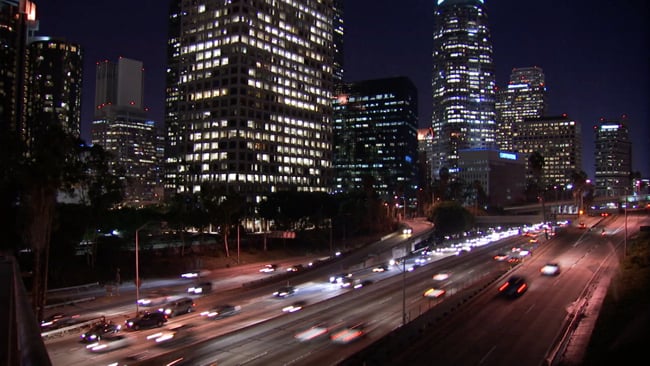
Figure 1 [PHOTO: time lapse] Shooting long time-lapse sequences or slow-motion product shots with ordinary shop lights? Digital Anarchy’s Flicker Free plug-in can eliminate the flicker and save the day for you and your career!
Flicker Free screenshots over the page
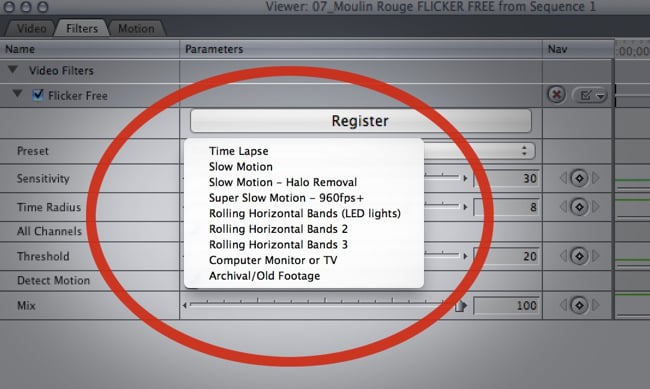
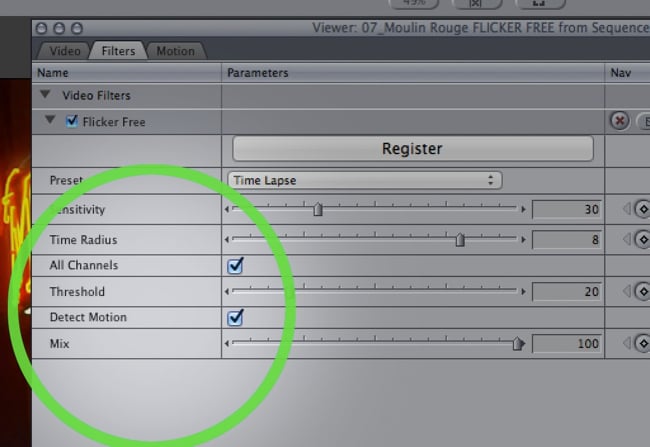
Figure 2a,b Flicker Free’s presets help reduce or eliminate flicker from common situations like time lapse, computer monitors, and archival footage. Unlike other deflicker software FF uses no pre-analysis pass to assess the affected frames; Flicker Free looks at pixel fluctuations on the fly over a maximum range of 21 frames, which can be memory intensive.

Figure 3: Severe flicker from discharge lighting like neon may produce a dramatic change in exposure from frame to frame that cannot be satisfactorily corrected using FF. This is because the increased gain required to compensate for the underexposed frames may produce objectionable noise. Flicker Free works best for scenes exhibiting a 10-20% brightness fluctuation. Such scenes do not need dramatic correction and so the result appear smoother and more natural.
Tags: Post & VFX


Comments